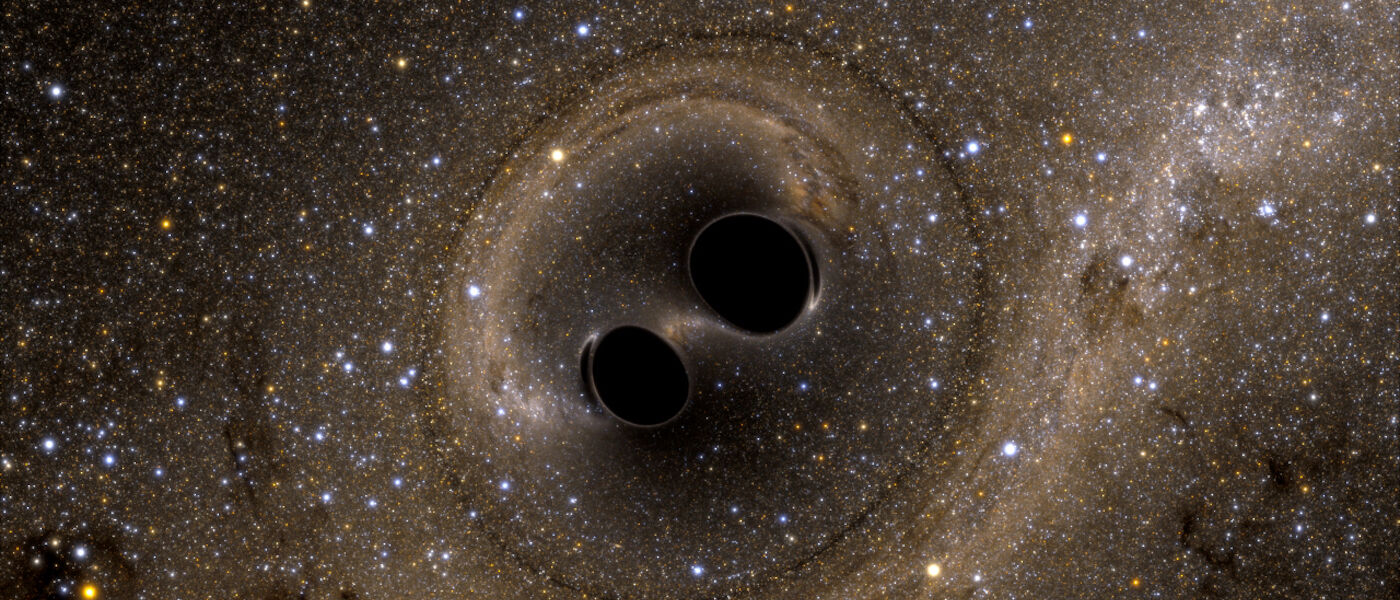Major new black hole research covered in LSC's 'Black Holes' show

Black holes are one of the most intriguing and mysterious phenomena in the universe, but scientists are working hard to better understand them. Liberty Science Center's newest planetarium show, Black Holes, features the latest groundbreaking research related to the subject!
This weekend, we're covering the recent announcement that scientists working with the Laser Interferometer Gravitational-Wave Observatory (LIGO) and Virgo, a partnering observatory in Europe, have detected the largest black hole collision yet.
This detection, along with three more black hole collisions, marks the 11th time scientists on Earth have observed gravitational waves since the first detection in 2016. Gravitational waves are the result of two black holes (and sometimes neutron stars) orbiting around each other. As the black holes orbit closer, they also speed up, eventually going fast enough to collide and form a new black hole. The collision also releases a very powerful gravitational wave, that travels through space and if it reaches Earth, we can detect it.
Before these new detections, we only really knew about two
kinds of black holes: stellar mass and supermassive. Stellar mass black holes
are those whose mass goes up to about 20 times greater than the mass of our
Sun. Supermassive black holes are millions and billions of times greater than
our Sun’s mass. Strangely, astronomers had yet to detect black holes that were
masses in between stellar mass and supermassive. But with the new four
detections, we can add black holes 56 to 80 times larger than our Sun that fall
into this empty spot. This is helping astronomers learn more about how black
holes of varying sizes form.
Learn more by visiting us this weekend in the Jennifer Chalsty Planetarium, the biggest planetarium in the Western Hemisphere. Click here to see our full list of shows currently playing and to get showtimes.
(Photo via SXS)
